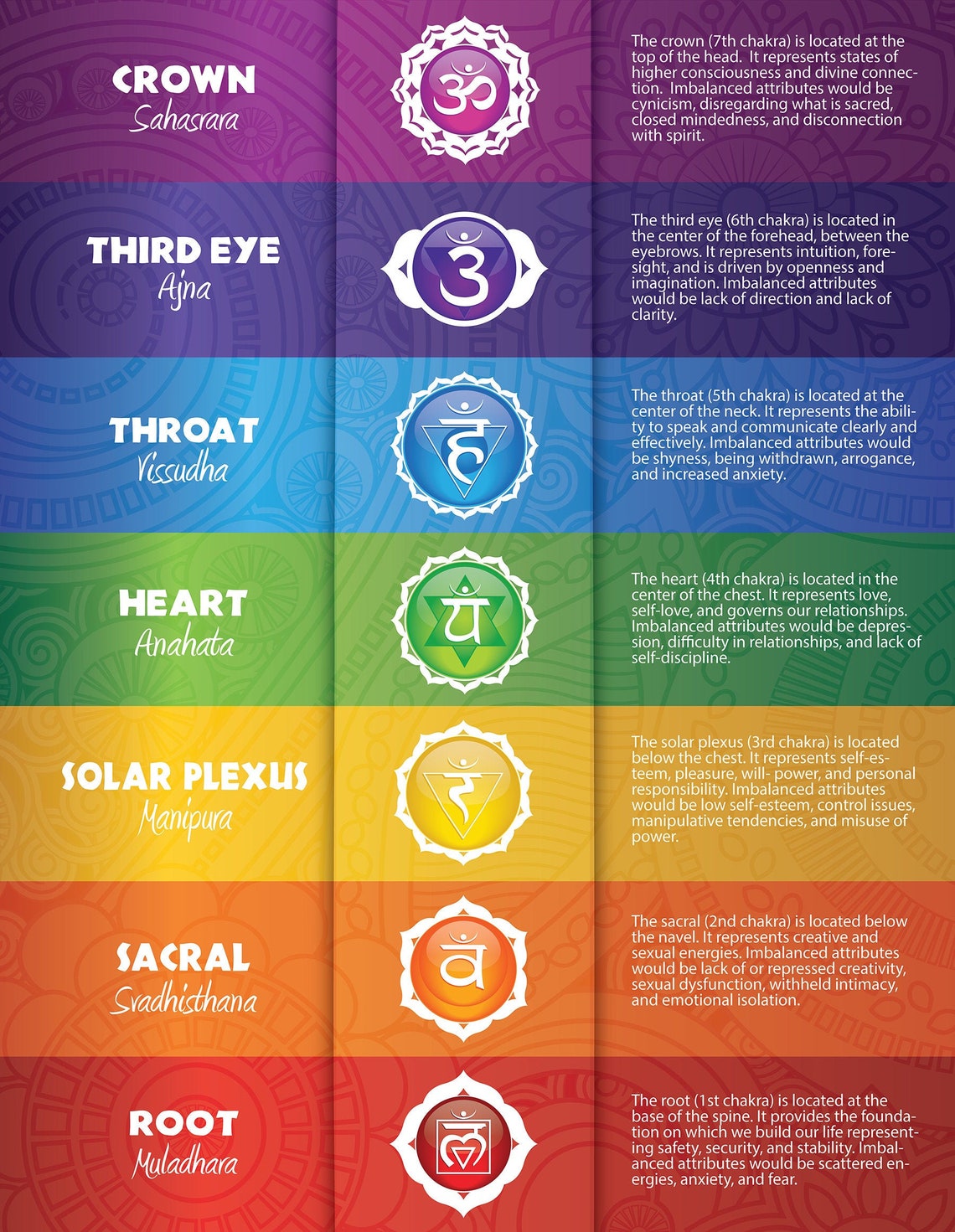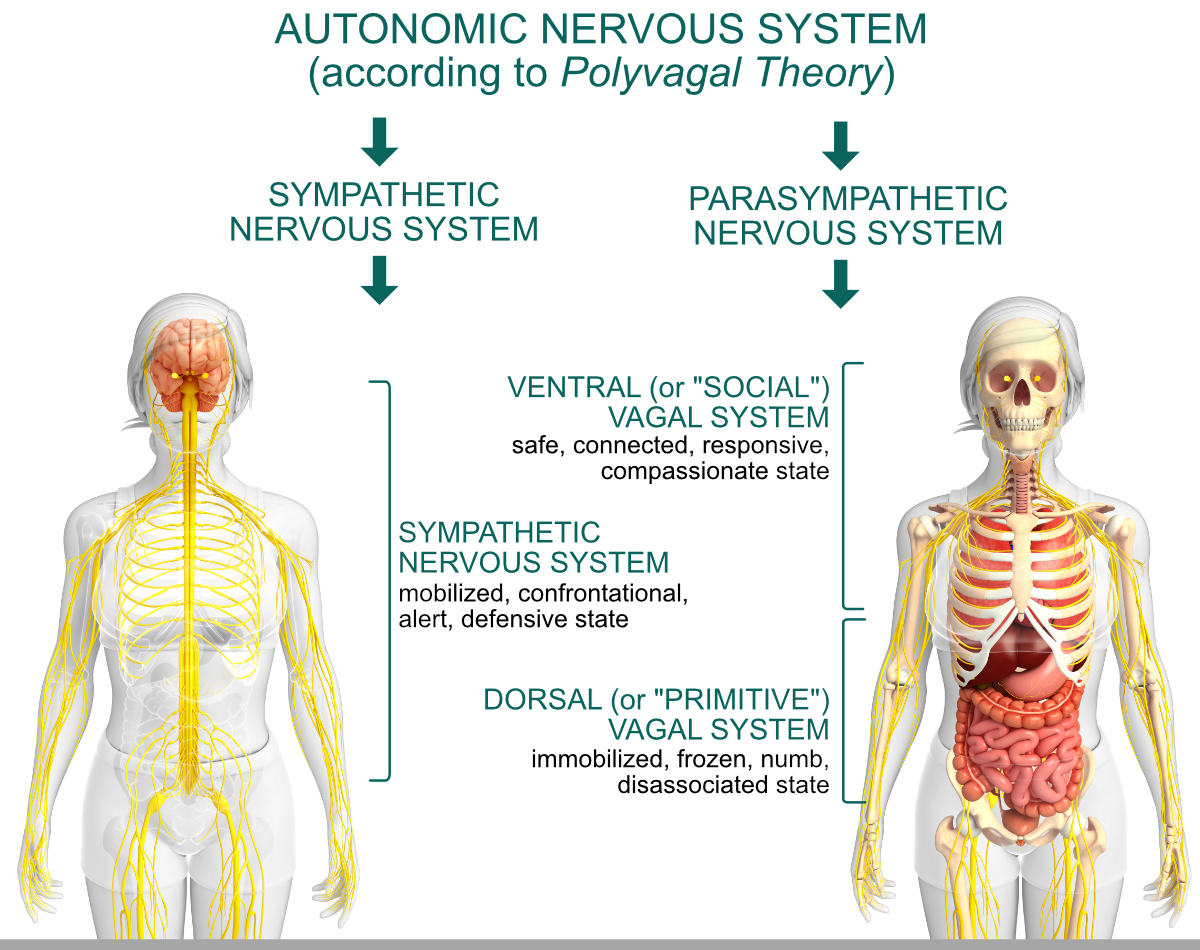A mantra is a short phrase or word repeated internally or out loud. Traditionally Sanskrit mantras were used for meditative purposes, but positive psychologists have done a lot of research on the use of mantras. Today mantras are taught in business school, to athletes, yogis, and in therapy classes.
The effect of the mantra on athletics can be tremendous. Repeating a mantra occupies the brain enough, so it doesn’t get caught up in obsessing, planning, and wandering. This, the researchers write, accounts for a significant “calming effect.”(Futterman, 2021; Stulberg, 2019)
- I am strong
- I am enough
- I believe in myself
- I can and I will
- I am a warrior
- Today will be a good day
- Let it go
- I will have a good day
- I radiate positive energy, I attract positive energy.
- I am brave, I am powerful, I am confident
- I am not afraid
- I can do this, I will do this
- I am here for a purpose
- I am loved
- I deserve love
- My heart is open to love
- I wish to receive love and to give love
- I surrender
- I choose me
- I will let go of things that no longer bring me joy
- I take one step, then another, then another
- I trust the universe
- I trust the journey
- Breathe
- Inhale, 1-2-3-4-5, Exhale, 1-2-3-4-5
- Om shanti shanti shanti
- Om gam ganapataye namaha
- Om
- Burke Et Al, . (2017, June 17). Prevalence and patterns of use of mantra, mindfulness and spiritual meditation among adults in the United States. National Library of Medicine. https://pubmed.ncbi.nlm.nih.gov/28619092/
- Futterman, M. (2021, September 26). Can a Mantra Make You Run Faster? NY Times. https://www.nytimes.com/2021/09/26/sports/courtney-frerichs-running-mantras.html#:~:text=You%20Run%20Faster%3F-,This%20Olympic%20Medalist%20Has%20No%20Doubt.,her%20win%20a%20silver%20medal.
- Ohana Et Al, . (2015, July). Repetitive speech elicits widespread deactivation in the human cortex: the “Mantra” effect? Journal of Brain Behavior. https://www.ncbi.nlm.nih.gov/pmc/articles/PMC4511287/
- Oman Et Al, . (2020, November 16). Mantram Repetition as a Portable Mindfulness Practice: Applications During the COVID-19 Pandemic. National Library of Medicine. https://pubmed.ncbi.nlm.nih.gov/33224309/
- Stulberg, B. (2019, July 11). Having a Mantra Will Make You Better. Outside Magazine. https://www.outsideonline.com/health/training-performance/mantras-performance-fitness-success/



![Human joint movement. Reproduced from [9] | Download Scientific Diagram](https://www.researchgate.net/profile/Sebastian-Glowinski/publication/291955972/figure/fig1/AS:340392206716931@1458167234461/Human-joint-movement-Reproduced-from-9.png)


